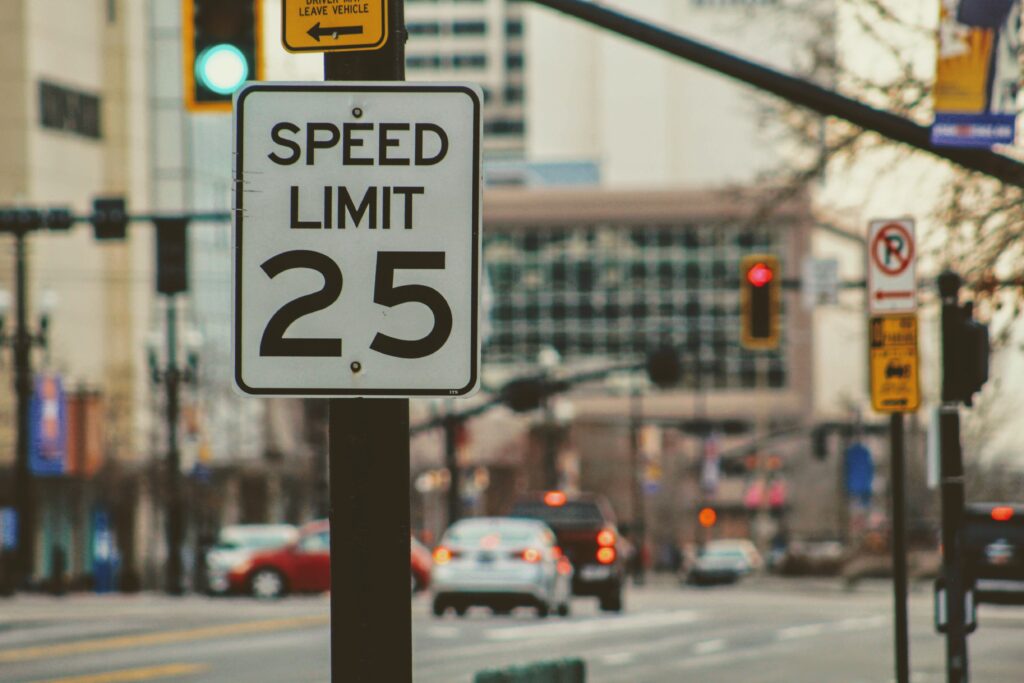Transportation Best Practices: 5 Things You Need To Know

0%
Whether you are driving on the road, crossing the street, or cycling to work, you need to be conscientious of each other.
There are 5 traffic rules you need to be aware of. These 5 new traffic rules are designed with the safety of motorists and pedestrians in mind. And while some of these practices may take a little time to get used to, they are based in common sense. Basically, whether you are driving on the road, crossing the street, or cycling to work, you need to be conscientious of each other.
Distracted Drivers:
Distracted driving includes talking or texting on the phone whether your vehicle is stopped or in motion. Those who are just learning to drive, and have a G1 or G2 license will have their permits suspended immediately if discovered driving while distracted. A conviction will result in a $615 fine, and three demerit points on their license.
Emergency Vehicles:
When drivers see an emergency vehicle with their lights on, and stopped on the road, drivers must slow down, and change lanes to give the emergency vehicle more space. Emergency vehicles include; police cars, fire trucks, ambulances, and tow trucks which have their lights flashing.
Yield to Pedestrians in Crosswalks:
A driver stops at a street crossover or a school crossing, which is usually marked by a flashing yellow light, they must stop completely until the pedestrians are safely on the other curb. This means one should not continue driving, or even make a right hand turn until everyone has exited the crosswalk. Only then, may the driver proceed.
Safeguarding Cyclists:
When passing cyclists on the road, drivers need to be sure to leave at least one meter of space between the bike and the car. Drivers also need to be especially cautious when opening their car doors to exit the vehicle. If a driver opens their door in the pathway of a cyclist, they will face heavier fines.
Driving Under the Influence:
People who drive under the influence of drugs are subject to the same penalties as those driving under the influence of alcohol. This means an impaired driver could face a suspension anywhere from three-to-ninety days, and have their car impounded for as long as seven. Almost half of the drivers killed in Ontario last year had either drugs or alcohol in their system. Ontario is hoping to reverse this percentage by increasing the penalty.
Tags: traffic laws, safety, motorists, cyclist, license, pedestrians, best practices, tips
RELATED ARTICLES
| M | T | W | T | F | S | S |
|---|---|---|---|---|---|---|
| 1 | 2 | 3 | 4 | 5 | 6 | 7 |
| 8 | 9 | 10 | 11 | 12 | 13 | 14 |
| 15 | 16 | 17 | 18 | 19 | 20 | 21 |
| 22 | 23 | 24 | 25 | 26 | 27 | 28 |
| 29 | 30 | 31 | ||||
Recent Posts
- Local Immigration Partnership Renfrew and Lanark Counties launch online survey
- CULTURE CONNECT: Local Immigration Partnership and United Way East Ontario secure funding for New Horizons Program
- Pathways – Immigration to Canada
- Almonte resident George Yaremchuk presented with Culture Connector Award
- Inspiring Journey: How an international student from India’s experience in Pembroke is shaping her life and career





Recent Comments